May 13, 2024 | 11:52 GMT +7
May 13, 2024 | 11:52 GMT +7
Hotline: 0913.378.918
May 13, 2024 | 11:52 GMT +7
Hotline: 0913.378.918
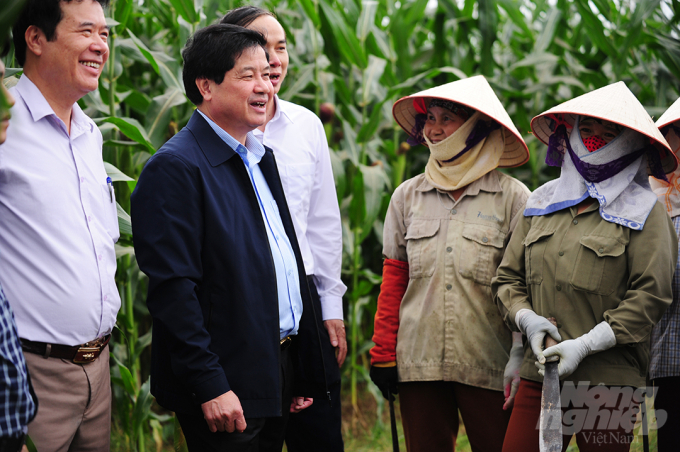
On November 2, Deputy Minister of Agriculture and Rural Development Le Quoc Doanh visited Lien Chau commune, Yen Lac district, Vinh Phuc province to see the model of growing corn for raw materials to produce animal food. At the meeting, he was happy to hear that farmers’ income here was stable, reaching about VND 5 million/month.

Vinh Phuc is a large corn production area in the Red River Delta, growing corn in all 3 crops: spring, summer and winter. The demand for green forage in the province is very high because there are more than 14,000 dairy cows (to provide dairy products for Vinamilk and Dutch Lady). The districts of Vinh Tuong, Yen Lac and Lap Thach have gradually shifted from growing grain corn to growing silage corn with an area of over 1,000 ha.
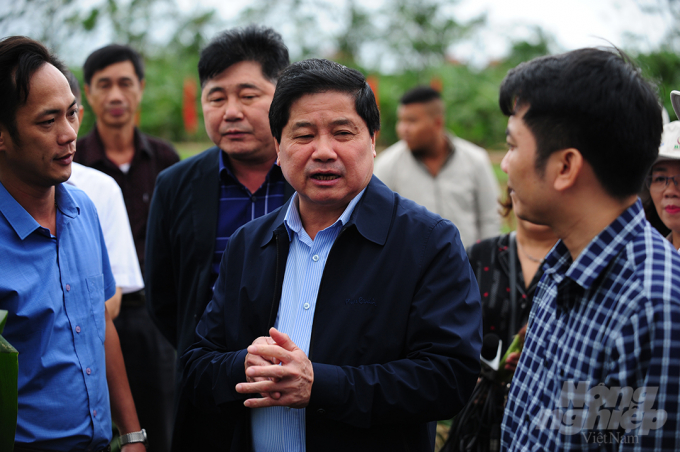
According to the Department of Livestock Production, the total demand for silage corn for cattle raising is 27.6 million tons/year, of which 70% are self-sufficient. 1 ha of silage corn is estimated to bring about VND 34-40 million, which means VND 24-30 million of profit. If planting 3 crops/year, farmers can make a profit of VND 80-90 million/year. Deputy Minister Le Quoc Doanh wanted localities that are leading in growing corn for silage like Vinh Phuc to set a bright example so that people can see the benefits and efficiency of this model.
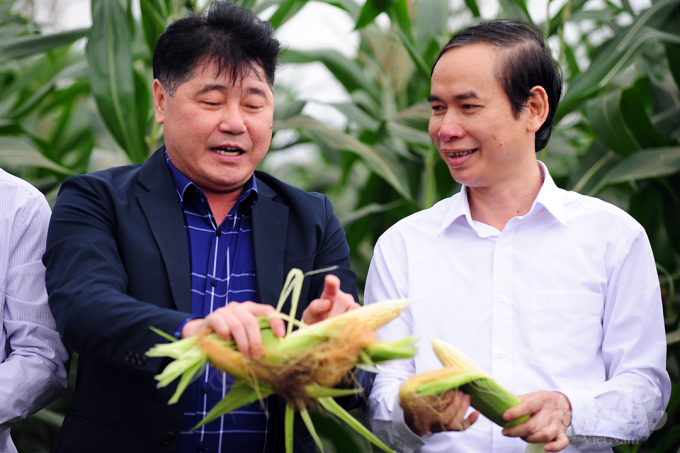
Also on November 2nd, Dr. Le Quoc Thanh, Director of the National Agriculture Extension Center and Mr. Tran Thanh Hai, Director of Vinh Phuc Department of Agriculture and Rural Development examined the silage corn growing model in Lien Chau commune. Both are excited because growing corn for silage gives farmers the same revenue in one crop, but does not require seeding, drying and preserving. Compared with growing traditional grain corn, farmers will get more revenue growing silage corn.
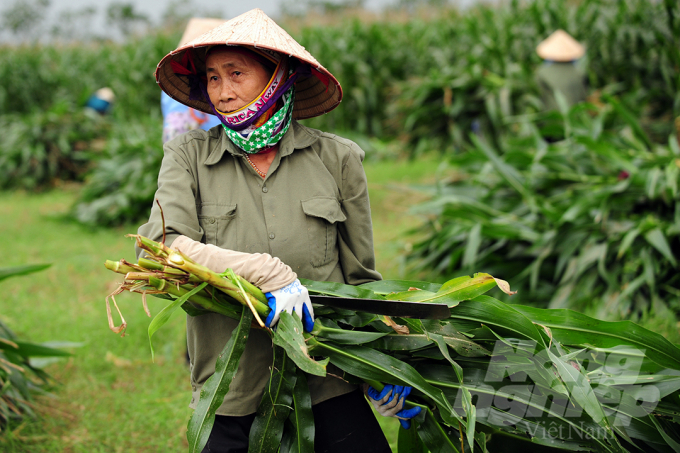
Growing silage corn has many advantages compared to growing grain corn, including short time from planting to harvest, only about 75-90 days, allowing farmers to plant an additional crop per year. When growing corn for silage, harvesting time plays the most important role. Both quantity and quality of green corn reach the highest when harvested at the mature stage.
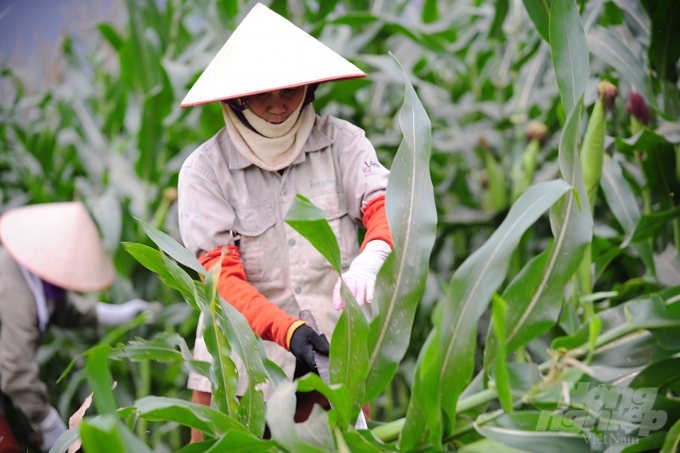
Currently, growing corn for grain in Vietnam is facing many difficulties due to various reasons, but growing corn for green food has great potential. After many years, the Maize Research Institute of Vietnam has put two varieties of silage corn VN172 and DH 17-5 into pilot production. After 3 crops, VN172 has a high, stable green matter yield, averaging 65.2 tons/ha, and well adapted to the climate and land of northern provinces. DH 17-5 has yield ranging from 56.8 to 76.3 tons/ha.
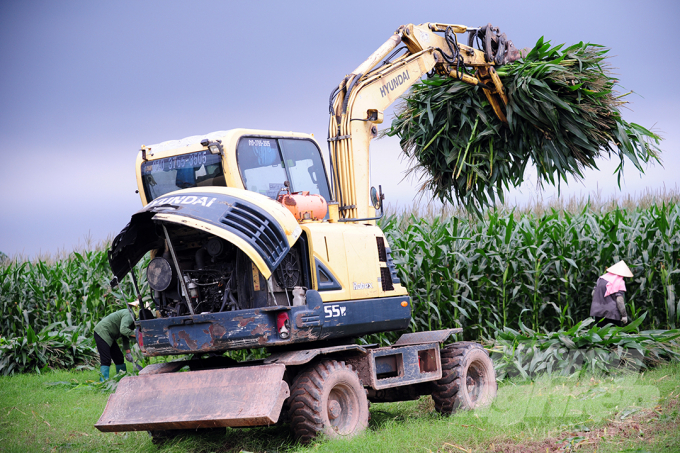
There is great potential for both production and consumption for silage corn, but currently, production scale is still fragmented and small, and it is difficult to mechanize production. When switching to silage corn, farmers only have verbal agreements with businesses, the purchase price is also not stable. The Ministry of Agriculture and Rural Development recommends localities to consider policies to consolidate land and create large fields.
Author: Anh Thang. Translated by Meagan Phan. Edited by Duc Huy.
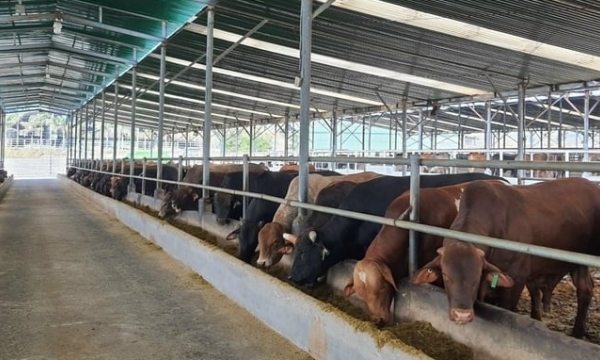
(VAN) The Animal Husbandry Association of Vietnam proposed the incorporation of the livestock sector and facilities in the current greenhouse gas inventory list.
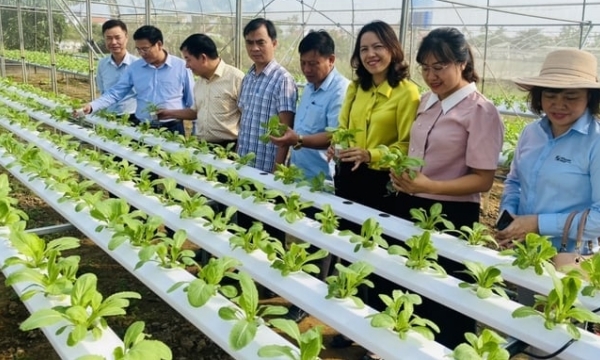
(VAN) By employing modern hydroponic technologies in vegetable farming, Thai Son Cooperative has doubled its profit in after the first crop.
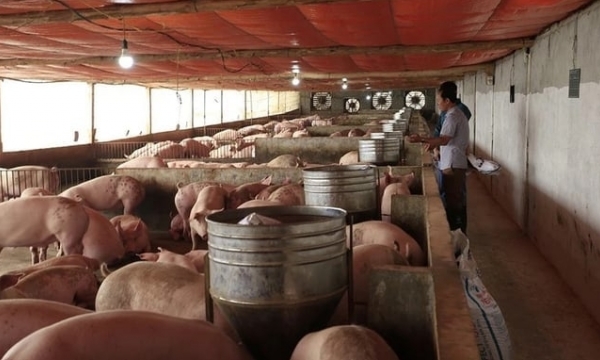
(VAN) Environmental sanitation and disease prevention measures contribute to the development of livestock, resulting in increased benefits and income for farmers.

(VAN) FAO in Vietnam assesses that cooperatives and cooperative groups in Bac Kan province have improved their production organization capacity and have many effective and environmentally friendly models.
/2024/05/10/1947-1-151458_6.jpg)
(VAN) It is currently in the middle of the second quarter of 2024, but forest owners in Ha Tinh have not yet been able to pay the 2023 ERPA source due to many problems.
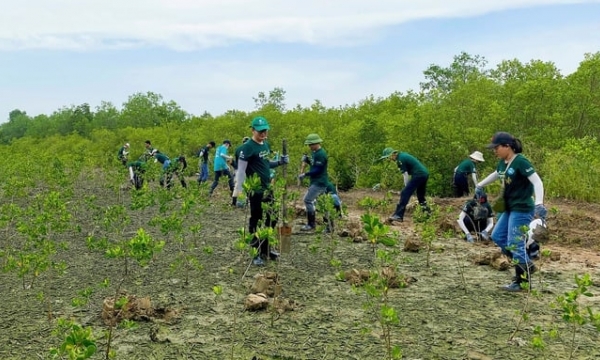
(VAN) Ho Chi Minh City researches a Scheme on covering and expanding Can Gio protection forest. Thus, generating greater value, facilitate carbon credit trading, and reap the benefits associated with forests.
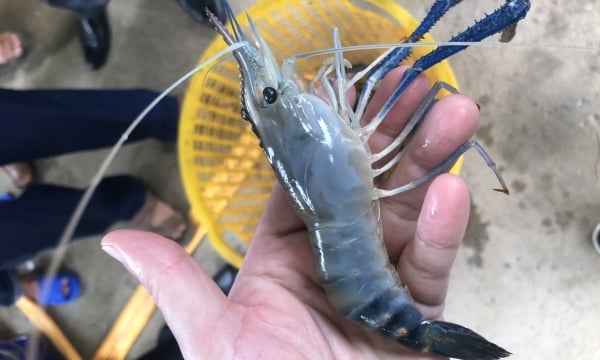
(VAN) The ratio of male giant freshwater prawn over 95%, and the sizes are similar. The average profit per hectare is more than 800 million VND, 30-55% higher than previous approaches.